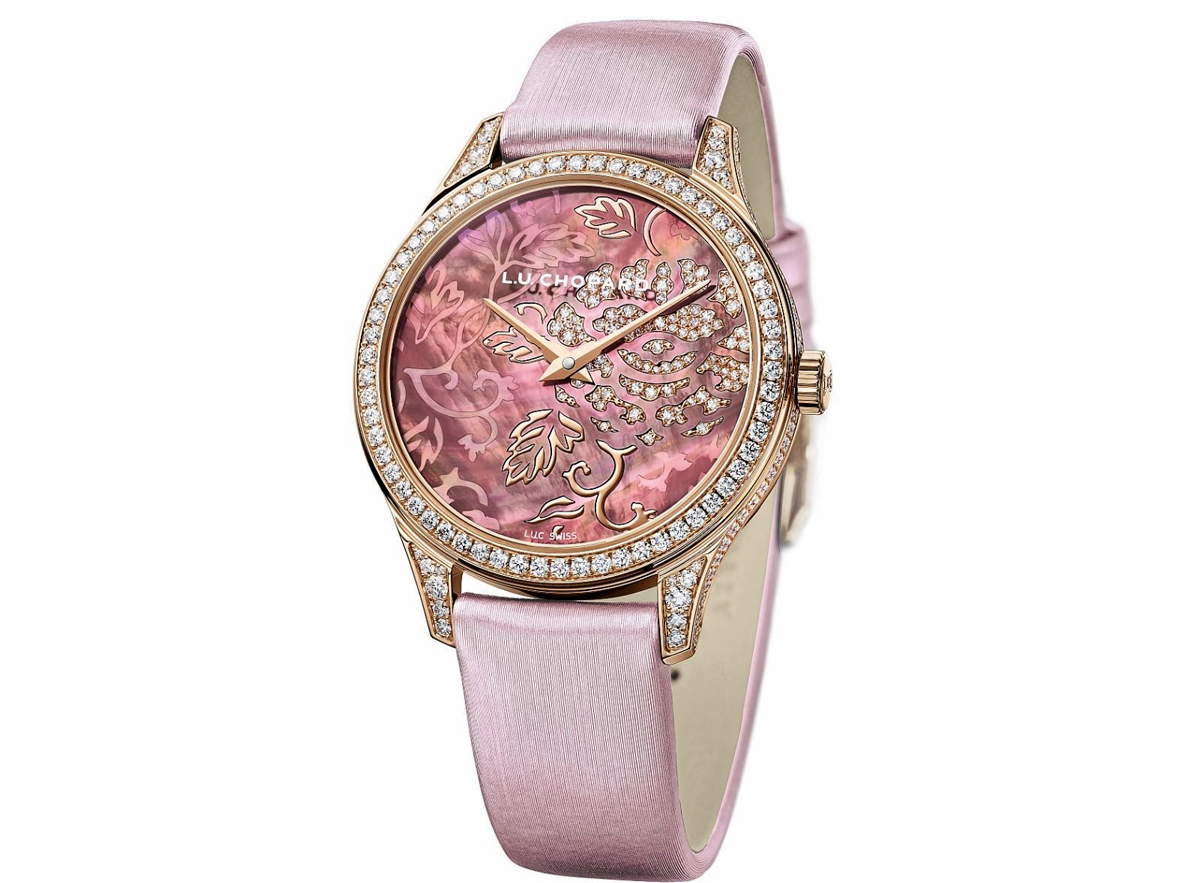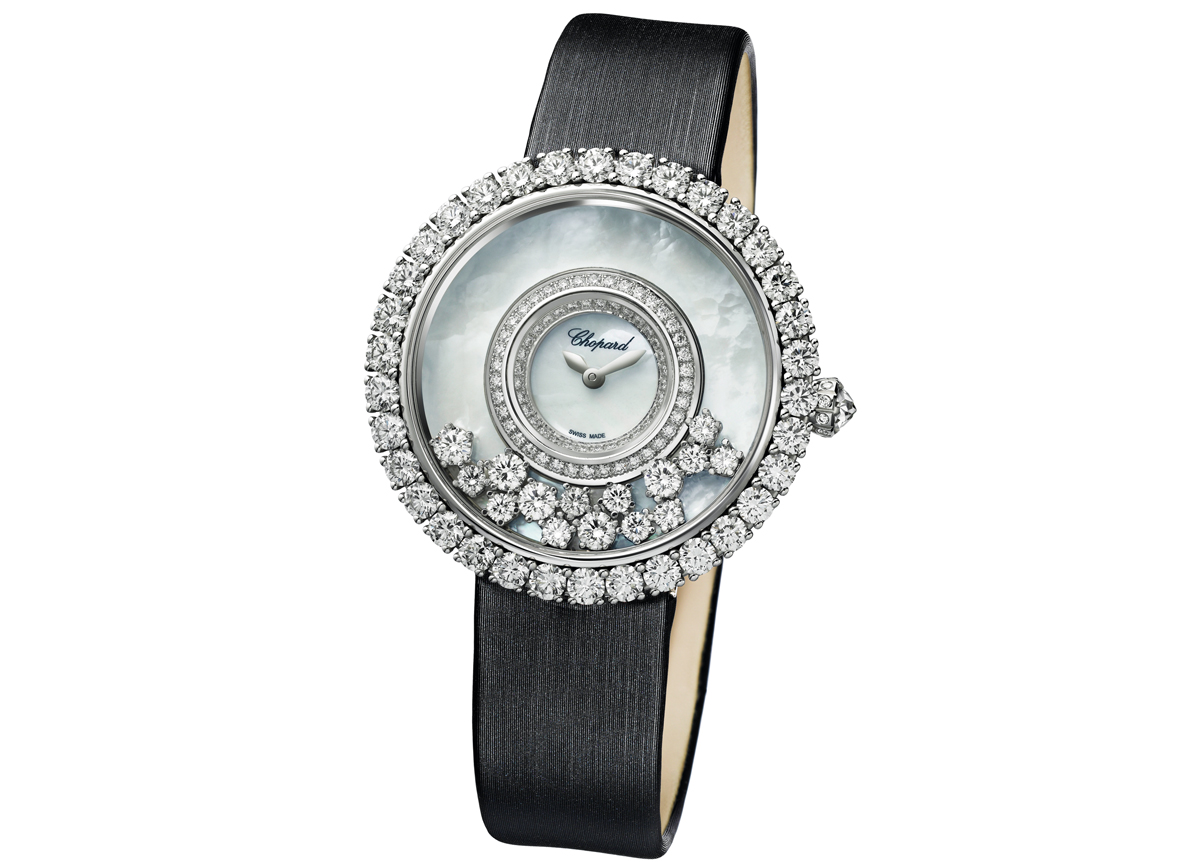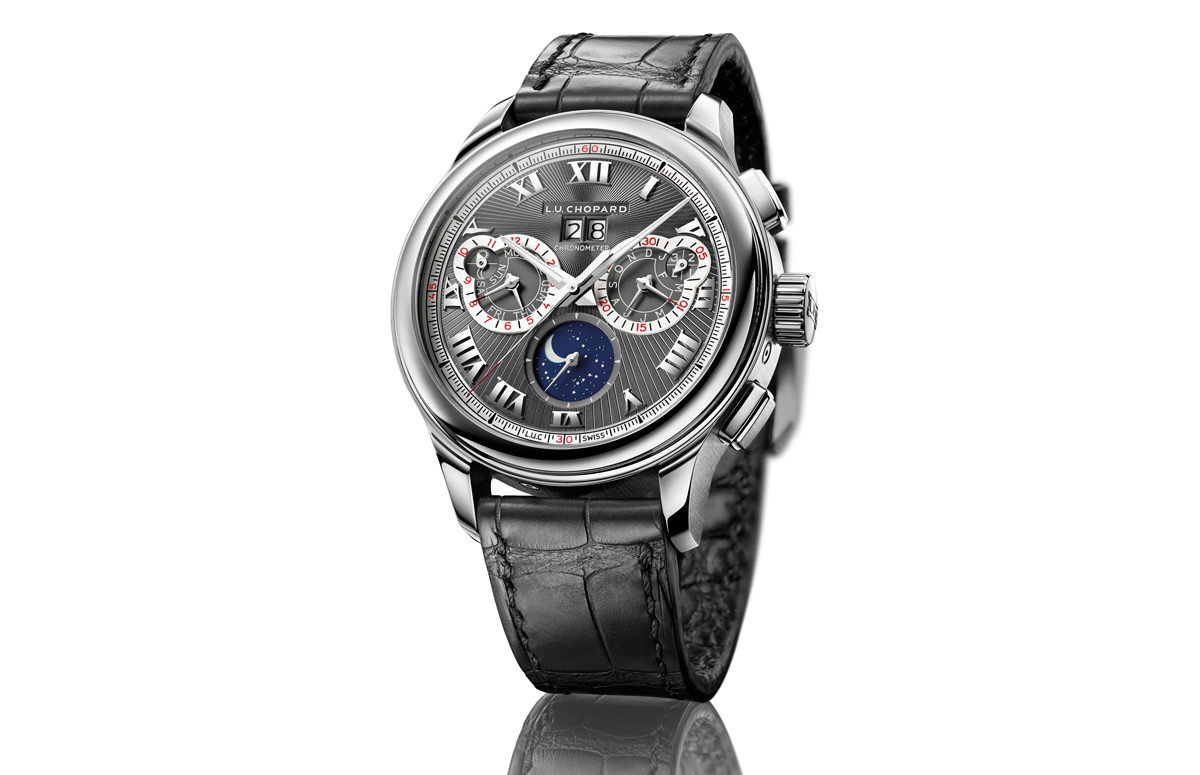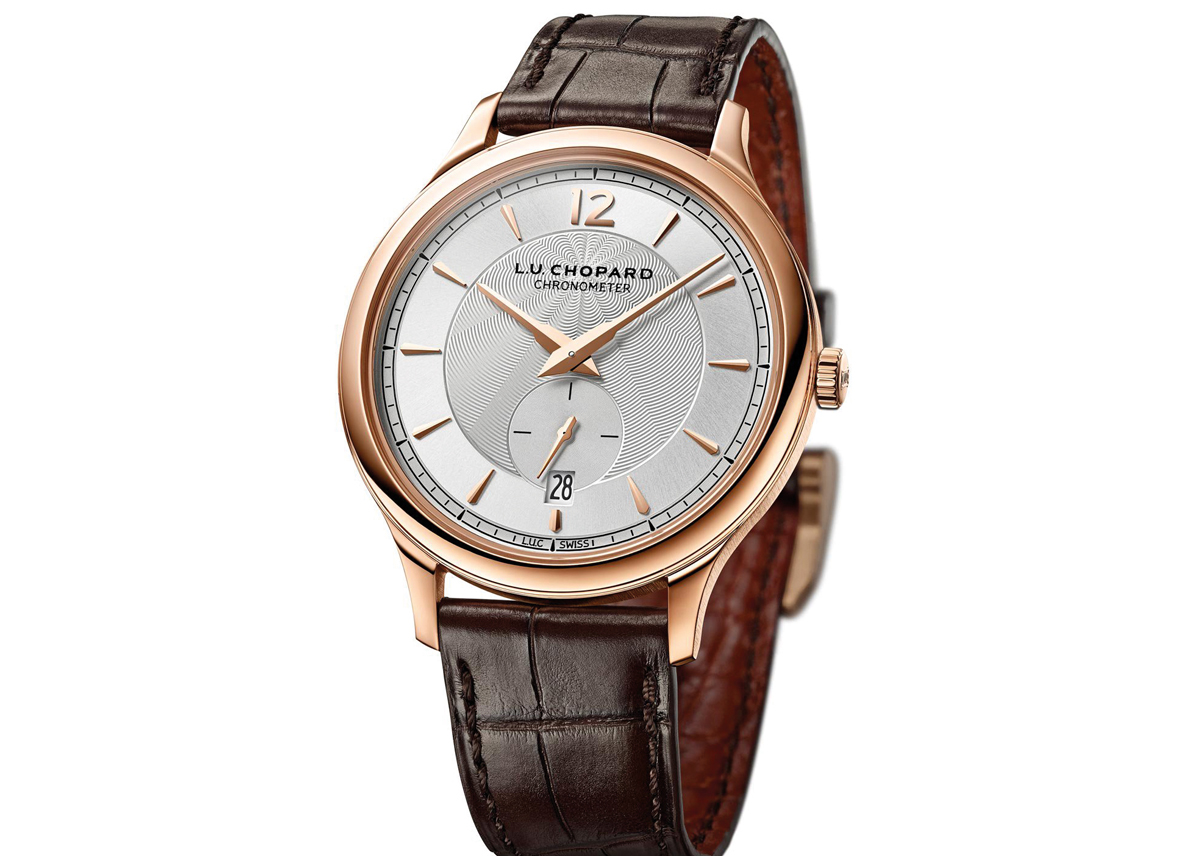In the mid-1990s, Chopard co-president Karl-Friedrich Scheufele was inspired by a powerful idea. It came to fruition in 1996: reviving the watchmaking heritage of the company’s founding father, Louis-Ulysse Chopard, and recapturing Chopard’s horological legitimacy. He thus undertook the creation of Chopard Manufacture, a fully-fledged watch Manufacture in Fleurier. Fulfilling this lofty ambition involved overcoming numerous hurdles. To be recognised as a Manufacture, a watch company must produce at least one ‘in-house’ mechanical movement. That was precisely the stumbling block for Chopard which, despite decades of experience, did not have a proprietary movement at the time. Chopard thus decided to take action from 1993 onwards. With this in mind, Mr Scheufele paid a first visit to Fleurier, a historical cradle of watchmaking since the 18th century. The ‘quartz watch crisis’ that had struck the picturesque Val-de-Travers in the 1970s had left deep scars that were still visible in the early 1990s.
He knew that this remote region harboured a vast range of watchmaking competence that was lying fallow, and was determined to revive it in order to develop the first in-house movement. The entrepreneurial philosophy cultivated by Chopard, as well as the high demands of its international clientele, called for an exceptional solution. The decision was thus taken to aim for a movement equipped with a self-winding micro-rotor that would offer two key advantages: on the one hand, it provided the possibility of admiring all the intricacies of the movement and the perfect finishes of its components; and on the other, this type of oscillating weight also made it possible to create an ultra-thin version of the mechanism.
After two years of research, at the end of 1995, Chopard was finally nearing its goal: the precision of the movement met chronometer-worthy standards; the micro-rotor stretched two springs acting in parallel in both rotation directions, and two stacked barrels guaranteed a 70-hour power reserve. This self-winding movement – christened L.U.C 1.96 in tribute to the company founder Louis-Ulysse Chopard, and subsequently renamed L.U.C 96.01 L – enabled a new star to appear in the prestige watchmaking firmament in the autumn of 1996. Chopard Manufacture was thus officially born in Fleurier!
From that point onwards, creative technicians, patient watchmakers and ambition precision mechanics assiduously exercised their skills in the subsequently renovated and extended workshops of Chopard Manufacture. In 2016, as Chopard Manufacture celebrates its 20 years of existence, Karl-Friedrich Scheufele can take delight in the 11 extraordinary base movements composing its portfolio to date, along with 87 variations.
www.chopard.co.uk
Chopard L.U.C
Perpetual Chrono
in 18ct white Fairmined gold featuring a
hand-wound mechanical movement, COSC certified and Geneva hallmarked ‘POINCON DE GENEVE’. Featuring a hand-sewn double sided alligator strap, it is a 20-piece limited edition.
£61,710 / €81,040 / $90,310
Chopard L.U.C XPS 1860
in 18ct rose gold featuring a silver guilloche dial, COSC certified and Geneva hallmarked
‘POINCON DE GENEVE’. Featuring a matt brown hand-sewn alligator leather strap, this is a 250-piece limited edition.
£14,710 / €19,315 / $21,530

Chopard L.U.C XP 35 mm
Esprit de Fleurier Peony
in 18ct rose gold with a Tahitian mother-of-pearl dial with a diamond-set peony motif in the
hand-crafted Fleurisanne engraving technique. Housing an automatic movement – Calibre L.U.C 96.23-L – it is an eight-piece limited series.
£71,150 / €93,400 / $104,100

Happy Diamonds
Chopard watch from the Happy Diamonds collection in 18ct white gold featuring a
mother of pearl dial, 13 mobile diamonds and
a black satin strap.
£31,950 / €41,940 / $46,750


